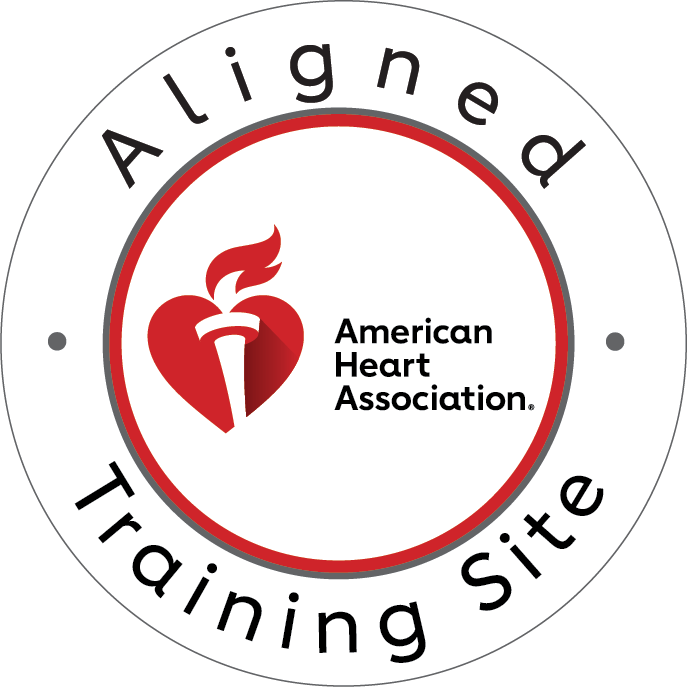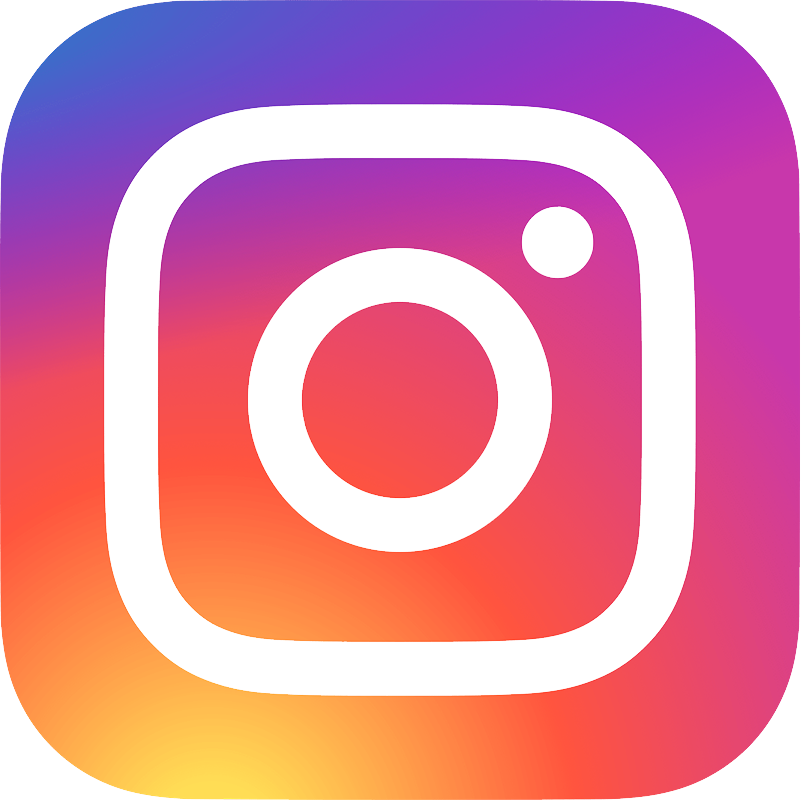Allowing for a more systematic, simpler way to remember and apply the ACLS guidelines, the Bradycardia Algorithm is designed to offer a quick and easy to implement algorithm for treating symptomatic bradycardia with a pulse.

Introduction
Bradycardia is a common health emergency that can lead to cardiac arrest and death. Here's how to handle it, from the American Heart Association ACLS Guidelines
If the patient is hemodynamically stable and has a heart rate >50 bpm, monitor and observe.
If the patient is hemodynamically stable and has a heart rate >50 bpm, monitor and observe.
If the patient is hemodynamically unstable and has a heart rate >50 bpm, administer atropine 0.5 mg IV or IO, then monitor and repeat.
If the patient is hemodynamically unstable or has a heart rate <50 bpm, administer atropine 0.5 mg IV or IO, then monitor and repeat.
If the patient is hemodynamically unstable or has a heart rate <50 bpm, administer atropine 0.5 mg IV or IO, then monitor and repeat.
Atropine (1–3 mg) may be used to treat bradycardia in patients with acute coronary syndromes and dilated cardiomyopathy.
If the patient does not respond to atropine, prepare for transcutaneous pacing (TCP), then consider temporary transvenous pacing (TTP).
If the patient does not respond to atropine and TCP, prepare for TTP. If you decide to perform TTP, follow these steps:
- Prepare the equipment by placing a Foley catheter on the patient's right side.
- Use sterile technique as you insert it into his femoral vein; this will minimize infection risk and reduce bleeding during insertion of pacing wire into vein (see Figure 1).
- Apply sterile gloves if possible (see Figure 2).
- Place tourniquet around your patient's thigh just above where you will be inserting probe/wire into femoral vein; this helps prevent movement of wire or probe when injecting drugs into femoral vein (see Figure 3).
If the patient does not respond to TCP, administer one dose of epinephrine 1 mg IV or IO.
If the patient does not respond to TCP, administer one dose of epinephrine 1 mg IV or IO.
Epinephrine is used for the treatment of pulseless ventricular tachycardia and ventricular fibrillation because it causes an increase in heart rate and may help restore effective blood flow to vital organs. It can also be used during ACLS pulseless arrest protocols for bradycardia-related situations that are unresponsive to atropine. Epinephrine (also known as adrenaline) is a sympathomimetic drug that stimulates beta receptors within the heart muscle, increasing myocardial contractility and causing an increase in heart rate.
If the patient is still hypotensive but has a pulse, administer vasopressin 40 U IV or IO.
Vasopressin is a synthetic version of the hormone ADH. It is used to treat hypotension and can be given intravenously or by intramuscular injection. A dose of 40 units should be administered over 1-2 minutes IV/IO.
Consider dopamine infusion 2-20 ug/kg/min titrated to effect if persistent hypotension despite epinephrine and vasopressin.
Dopamine is a potent vasoconstrictor that may be useful for treating hypotension. Dopamine is used in the treatment of shock, including sepsis, trauma, spinal cord injury and acute myocardial infarction. In individuals with septic shock who are not responding to fluids and vasopressin (for example), dopamine may be an alternative to norepinephrine or phenylephrine infusion. Dopamine is also used as part of the treatment for tachyarrhythmia
Start TTP if persistent hypotension despite epinephrine and vasopressin infusion. Do not give vasopressors during TTP.
- Start TTP if persistent hypotension despite epinephrine and vasopressin infusion. Do not give vasopressors during TTP.
- TTP is a temporary solution to a temporary problem. It is not a permanent solution, and should only be used as an adjunct to basic ACLS therapies such as CPR, defibrillation, and anti-arrhythmic medications (e.g., amiodarone).
Treat bradycardia by identifying the cause and using these algorithms if you're unable to identify it.
If the patient is hemodynamically unstable or has a heart rate <50 bpm, administer atropine 0.5 mg IV or IO. Monitor and repeat doses of 0.5 mg every 3 to 5 minutes until ROSC or the HR increases above 60 bpm. If the patient does not respond to atropine given alone, prepare for TCP (see below).
Conclusion
We know that the bradycardia algorithm is not an easy one to master. It can be difficult to remember all the steps and make sure that you’re looking for the right signs at every step of the way. However, if you use this guide as a place to start learning and keep referring back to it as you practice, we hope that you will find it helpful! Remember that these algorithms are designed by experts in their fields so they can help save lives—but only when learned properly.




